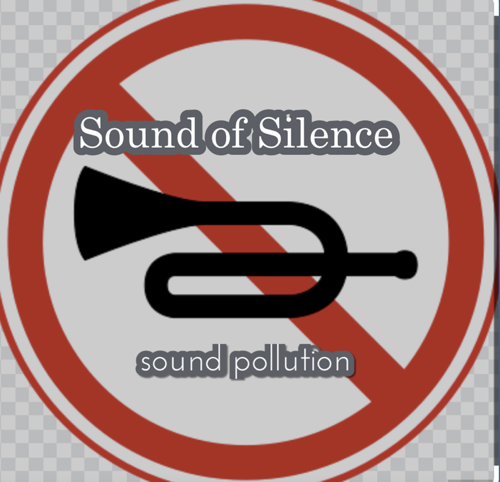Sound of silence - sound pollution
페이지 정보

본문
Sound of silence - sound pollution
By Sajitha Lakmali

When you travel to an underdeveloped or developing country, the noise is overwhelming. When you visit a developed country, one thing is immediately noticeable: the deafening sound of silence. Advanced societies have recognized the harmful nature of excessive noise to humans, and they have set limits on the amount of noise that can be emitted in public. Reduced stress, effective communication, undisturbed sleep, clearer thought processes, increased economic activity, and innovation But there are no such restrictions in Sri Lanka. The WHO (World Health Organization) estimates 432 million people have hearing loss worldwide, 34 million of whom are children. It is estimated that by 2050, over 700 million people—or 1 in every 10—will have a disabling hearing loss. When it comes to the causes of this problem, although these elements can be experienced at various times during one's life, the WHO says one of the key causes is unnecessary noise. In South Korea, according to my personal experience, I noticed that in public transportation there was less noise pollution when compared with Sri Lanka. Noise may cause a range of short-term and long-term health issues.As with air pollution and the effects of climate change, some communities and social groups may be more vulnerable to and harmed by noise pollution. Noise reduction is a significant goal of the EU's Zero Pollution Action Plan and the Environmental Noise Directive (END). Loud noise can also lead to high blood pressure, heart difficulties, sleep disturbances, and stress. Noise pollution is recognized globally as a major environmental pollutant that directly impacts human health, and studies and laws focus on sound levels that are acceptable. Noise above 65 decibels (dB) is considered noise pollution as defined by the WHO. Precisely, if it is more than 75 dB, noise becomes dangerous. In terms of threshold levels, South Korea has stricter legal environmental noise standards than international standards. The Noise and Vibration Control Act, 2013, is the main implementation in South Korea. In the reference section, I mentioned all the acts they implemented. We can learn lessons from South Korea about managing noise pollution. Especially in the public transport service, this is a situation that countries like ours should take as an example.
Reference:
Ministry of Environment (Korea), Law No. 11669, Noise and Vibration Control Act, 2013.
Ministry of Environment (Korea), Environmental Enforcement Ordinance No. 587, Regulation of standards for community noise, 2010.
Ministry of Environment and Ministry of Land, Infrastructure and Transport (Korea). Environmental Enforcement Ordinance No. 559, Regulation of standards and scope of noise between floors on residential building, 2014.
Retrieve from : https://www.who.int/news-room/fact-sheets/detail/deafness-and-hearing-loss
- PrevClean Air, Happy Planet: How You Can Make a Difference 23.04.17
- NextCheck the air quality in your area every day! 23.04.17
댓글목록
There are no registered comments.
